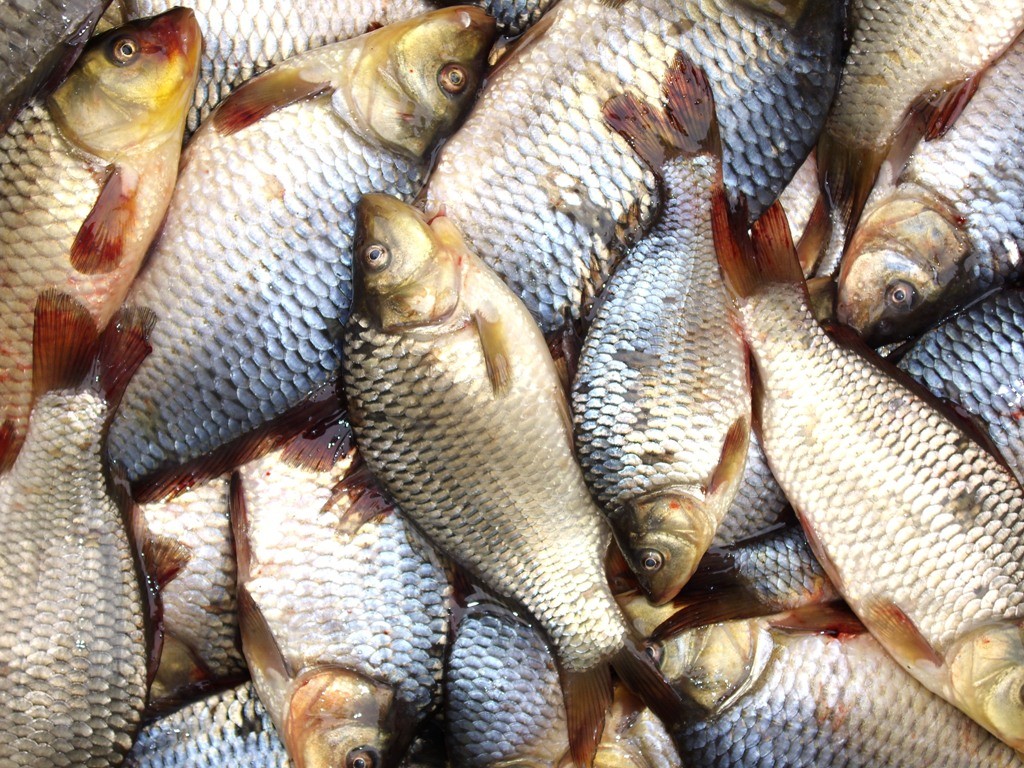Carp in Tasmania
by Carl Hyland on 31 Jan 2012

The terrible European Carp - Carp in Tasmania Carl Hyland
'Devastation of Tasmania’s recreational trout fishery' was the catch cry when carp were first discovered in the pristine waterways of Lake Crescent and Lake Sorell. Carp were first discovered in Tasmania in the North-West region in 1975 and again in 1980.
These populations were eradicated using the fish poison rotenone. However, in early 1995, Carp were discovered in the popular recreational trout waters of lakes Crescent and Sorell. Immediately following this latest discovery, the Inland Fisheries Service implemented a Carp Management Program. The ongoing program has been developed and funded by the State Government and Federal governments to deal with the problem of carp in Tasmania, and has the following objectives:
Contain carp to their current known distribution in lakes Sorell and Crescent.
Continue to reduce the current carp population by all methods, including; radio tracking, netting and electrofishing.
Protect native flora and fauna threatened by carp or carp management.
Gain an understanding of the factors controlling the success of the carp.
Review all options for carp eradication as they are developed.
Develop guidelines for recreational and commercial access to both lakes.
Communicate and educate the public regarding the threat of carp, it’s possible spread and re-introduction.
Facts about Carp:
Carp - Cyprinus carpio (European or common carp) is a member of the family Cyprinidae, which contains about 1500 species worldwide. These include goldfish and tench which have also been introduced into Tasmanian waterways.
Carp have been selectively bred for many hundreds of years in Japan, producing brightly coloured and patterned fish called ‘koi’ carp. Although koi have distinct colour patterns they are still the same species and subject to the same legal restrictions as other forms of carp.
Carp males generally mature at 2-4 years and females at 3-5 years.
Carp prefer water temperatures of around 17° and 25° C for spawning.
A single 4 kg female carp can produce up to 1,000,000 eggs.
Carp typically feed by sucking up bottom sediments and filtering out invertebrates and organic material, in clear water they may also selectively feed on invertebrates.
Carp generally prefer to live in warm, still or slow moving water bodies with silt bottoms and good stands of aquatic vegetation.
Carp can survive prolonged temperatures as low as 4° C and as high as 35° C.
Carp can tolerate salinity as high as one-third sea water.
Carp can survive extremely low dissolved oxygen concentrations for several days.
Problems linked with carp - Carp have been blamed for many of the problems encountered by fishery and water resource managers. These include:
Destruction of fragile aquatic macrophytes (water plants);
Increase in turbidity;
Damage to stream beds and irrigation channels;
Nutrient enrichment of waterways leading to algal blooms;
Competitive interactions with desirable fish species; and
introduction of new parasites and diseases to desirable fish species.
How to identify carp:
Several species of introduced fish superficially resemble and are often incorrectly identified as carp. These species include wild goldfish and tench, which are also members of the family Cyprinidae. Redfin perch from the family Percichthyidae are also confused with carp occasionally. The distinguishing features of these species are listed in the table below. For more detailed descriptions of each of these species, with photos, see the fish fact sheets.
Species Scale Size Number of Scales Barbels Fin Spines Dorsal Fin
Carp (Cyprinus carpio), Large~40 scales along lateral line, two pairs Two spines, 1 each on dorsal and anal fin dorsal fin long base and low
Goldfish (Carassius auratus) Large~30 scales along lateral line, None, Two spines,1 each on dorsal and anal fin dorsal fin long base and high at front
Redfin Perch (Perca fluviatillis) Medium ~ 63 scales along lateral line, None, Spiny fin rays along dorsal fin two separate spiny dorsal fins
Tench (Tinca tincas ) very small~100 scales along lateral line, one pair, None, short based, high and rounded dorsal fin
Further information: Carp Management Program, Inland Fisheries Service ,17 Back River Rd., New Norfolk, Tasmania 7140 Tel 03 62618062
The Tasmanian Inland Fisheries Service have had to develop specialised equipment and boating for this ongoing project, and are now known amongst the world’s researchers as having the best knowledge and working techniques to hopefully, eradicate this pest from Tasmanian waterways.
IFS Carp Management Program PDF
If you want to link to this article then please use this URL: www.sail-world.com/93416